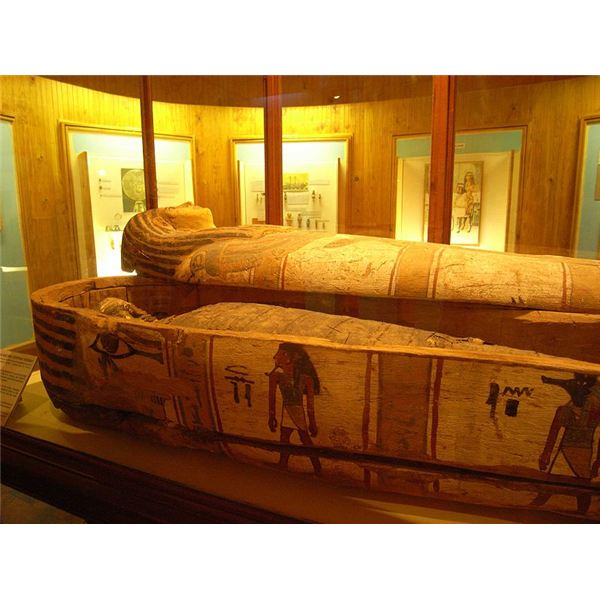
How the Egyptian Pyramids Were Built: A New Theory in 3D Animation The technology with which we study Egypt has advanced greatly since then, but for many, the mysteries of ancient Egypt itself have only become more compelling. These videos come from “Pyramids of Giza: Ancient Egyptian Art and Archaeology,” Der Manuelian’s online course at edX, a worthwhile learning experience if you’ve got your own such trip planned - or just the kind of fascination that has gripped people around the world since the Egyptomania of the nineteenth century. The latter includes much of interest even to non-Egyptologists, such as tourists who might like to familiarize themselves with Giza necropolis in the days when the Opening of the Mouth ceremonies still took place - or any era of their choice - before setting foot there themselves. In the video just above, Der Manuelian explains more about the importance of 3D modeling to Egyptology: how it uses the existing research, what it has helped modern researchers understand, and the promise it holds for the future. But “how many should there be? What should they be wearing? Where are the regular Egyptians? Are they allowed anywhere near this ceremony, or indeed are they allowed anywhere near Giza at all?” The greater the detail in which researchers reconstruct the ancient world, the more such questions come to the surface. Der Manuelian shows a model bark with another statue being carried into one of the chambers, explaining that it allows researchers to determine “whether or not it’s big enough or small enough to actually fit between the doors of the temple.” Elsewhere in the model we see a re-enactment of the “Opening of the Mouth ceremony,” the “reanimation ceremony for the deceased king, meant to magically and ritually bring him back to life for the netherworld.” The rendering takes place inside the temple of the Pyramid of Khufu, peopled with human characters. The model accommodates more than just the built environment. And we’ve tried to rebuild each and every structure.” “You’ll see we’ve had to remove modern structures and excavators, debris dumps,” says Der Manuelian as the camera flies, dronelike, in the direction of the Great Sphinx. “We studied the Nile, and we had to move it much closer to the Giza pyramids, because in antiquity, the Nile did flow closer.

But what about the pyramids in their heyday, more than 4,500 years ago? Do we know enough even to begin imagining how they looked, let alone how people made use of them? Harvard Egyptologist Peter Der Manuelian does, and in the video above he gives us a tour through 3D models that reconstruct the Giza pyramid complex (also known as the Giza necropolis) using both the best technology and the fullest knowledge available today. We all have a rough sense of the pyramids’ size (impressively large), shape (pyramidical), texture (crumbly), and setting (sand), almost wholly derived from images captured over the past century. But unless you happen to be an Egyptologist, that image may possess a great deal more vividness than it does detail. Imagine the pyramids of ancient Egypt, and a vivid image comes right to mind.


 0 kommentar(er)
0 kommentar(er)
